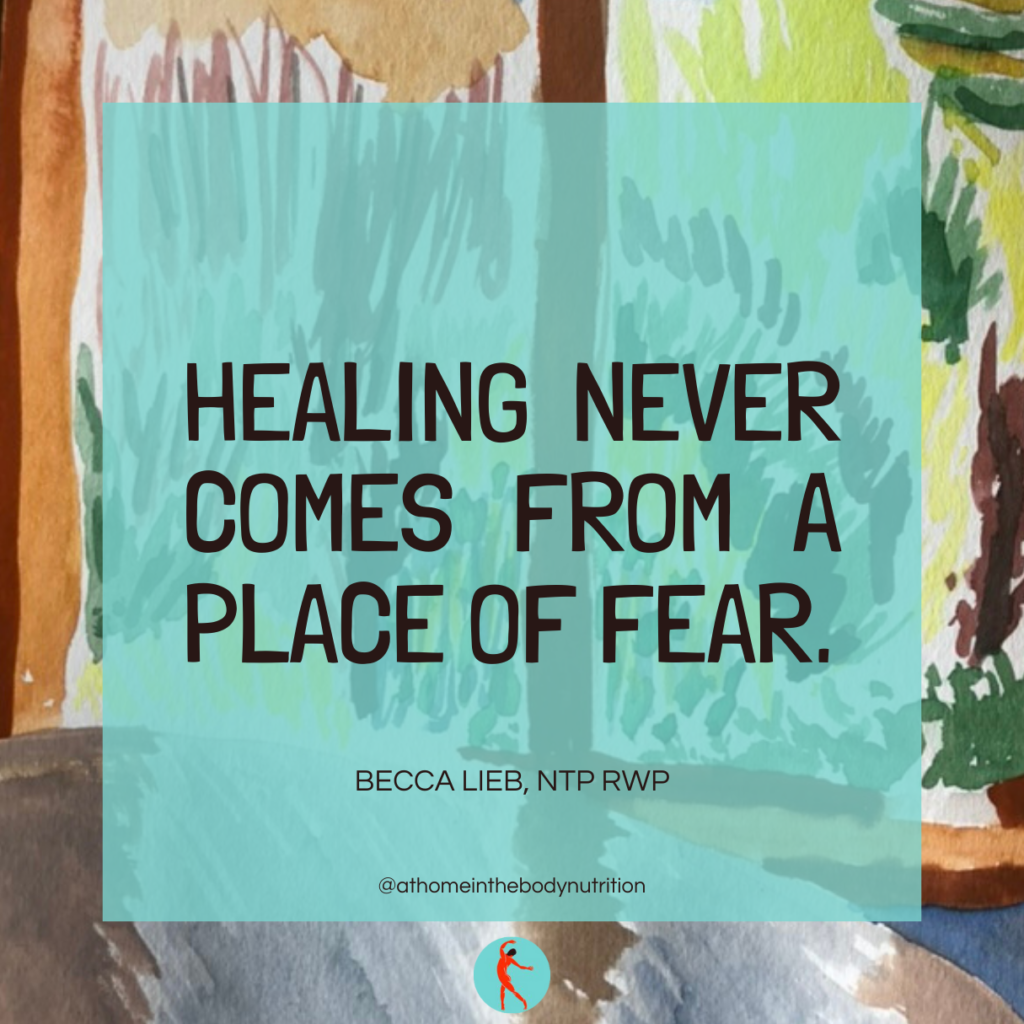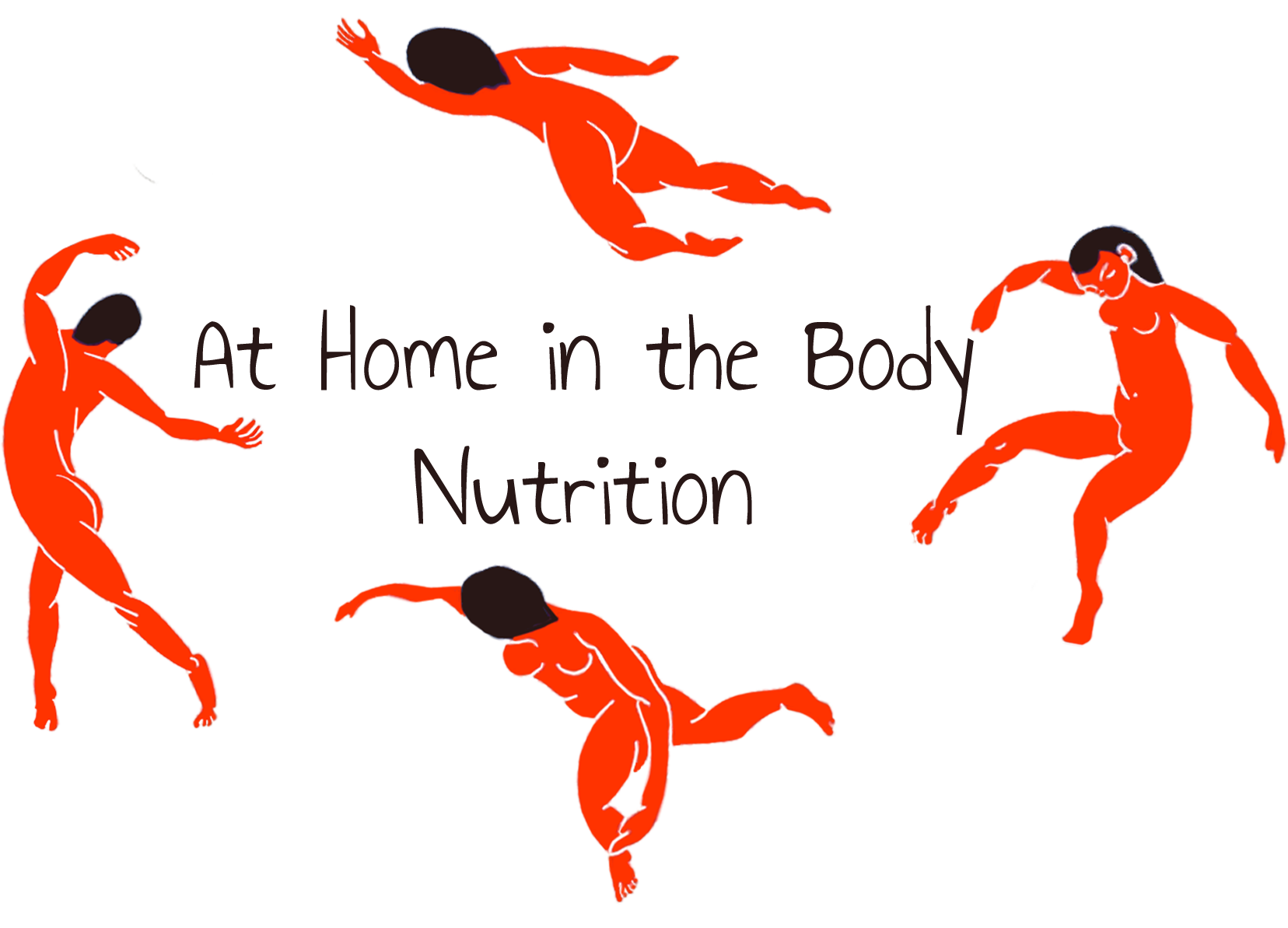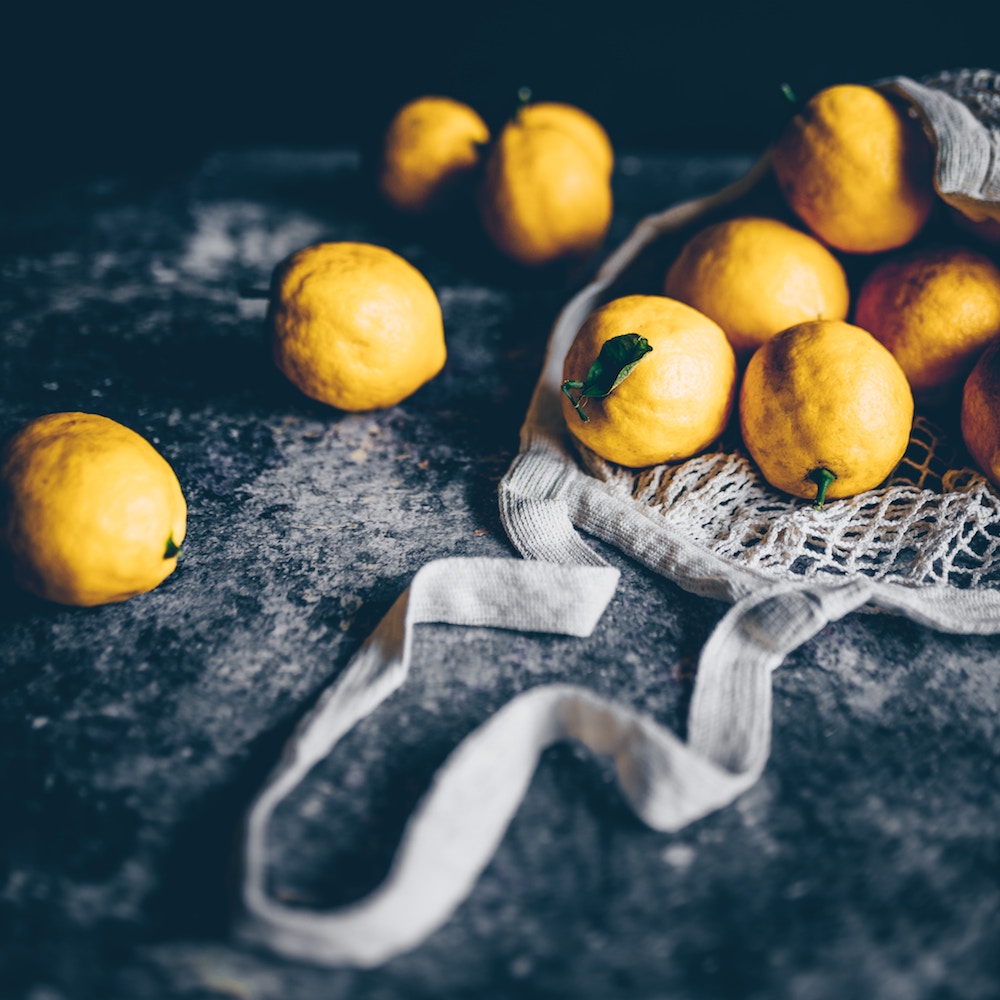In our modern world, we are exposed to more chemicals than ever before. We are currently subjects in the largest science experiment ever conducted, and there is no control group.
Even the most careful of us come in contact with environmental toxins on a daily basis. Smoke from chemical spills and wildfires blankets the air that we breathe. Our vegetables are sprayed with pesticides. That new sofa and house paint you just bought are impregnated with PFAS. Canned foods contain BPA. Your home is built with construction materials that off-gas VOCs and formaldehyde. The salt on the kitchen table contains microplastics. And the tap water is filled with agricultural runoff, heavy metals, and antibiotic residues.

Empire State Building in the smog caused by the 2023 Canadian wildfires, @Aelthemplaer on Twitter
The process of going Low-Tox can be overwhelming
Once you open up the pandora’s box of toxins, it can get overwhelming really quickly. And unfortunately, this feeling of panic makes you even more prone to issues with detoxification: Our bodies remove toxins best when we are in a relaxed, parasympathetic “rest and digest” state.
On some level I think we intuitively know that healing never comes from a place of fear.
Because of this, the last thing that I want to happen is for you to become so anxious that you either try to create the “perfect” toxin-free household (spoiler alert: exposure to some amount of toxins is unavoidable), or the other extreme and avoid considering how to reduce your everyday toxin exposures because it stresses you out to even think about it. Instead, I want to empower you with information and tools you can implement in your life, at your own pace, in a way that best serves your body.

How do toxins affect the body
Toxins are a physical stressor on the body, and they make it more difficult for the body to perform its biochemistry properly.
Take, for instance, BPA. Bisphenol-A is a plastic hardener that is added to paper receipts, dental fillings, and canned food and beverages. BPA is an endocrine disruptor that acts as a “xenoestrogen,” or an estrogen analogue that comes from outside of the body. Incredibly small amounts of BPA in the body have large impacts on health–The chemical binds to estrogen receptors, affecting hormonal balance. In hormonally-driven diseases such as endometriosis, PCOS (PMID: 21193545, 35199272), type 2 diabetes/insulin resistance (PMID: 30302422, 30429829), Hashimoto’s and thyroid autoimmunity (PMID: 31884733, 32294918, 36772983), and infertility, elevated BPA exposure is highly correlated with these conditions.
While these conditions have no established “cause” or “cure,” it’s easy to imagine how BPA exposure isn’t helping the situation, and how removing BPA from the body could improve health outcomes.
Mycotoxins, heavy metals, and other environmental toxins are suspected triggers of everything from scleroderma (PMID: 11094414) to obesity (PMID: 34899613) to Parkinson’s (PMID: 12428725, 22309908, 23295711).
Step one of supporting detoxification holistically: reduce exposure
So how can you support your body when it is exposed to environmental toxins? The first and most overlooked step in this process is avoiding exposures before they happen.
Some of our most substantial exposures to environmental toxins happen in our drinking water and the air that we breathe. Because of how foundational clean air and clean water are to health, invest in the highest quality air and water filtration systems that you can afford before spending your money on anything else.
Indoor Air Quality
Look for air filters with a high quality HEPA filter and carbon filtration (Air Doctor makes units that are more affordable and energy efficient, and they frequently go on sale). Purchase vacuums fitted with a HEPA filter. Beyond purchasing products, even simple and free actions like opening windows for 15 minutes a day to let in fresh air, or regularly dusting and vacuuming, have been shown to improve indoor air quality.
Drinking Water
Distillation and Reverse Osmosis are the gold standard of water purification systems. However, if you can’t afford to install one of these systems in your home, you could purchase “bulk” reverse osmosis water and fill it up in a glass jug (This is available at many health food stores. For example, at Whole Foods, a gallon of R.O. water costs 40 cents, making this option highly affordable). Certain tabletop filtration systems are much more effective than your typical Brita pitcher–For instance, Clearly Filtered’s pitcher gets rid of over 99% of fluoride, PFAS, and other contaminants that are not removed by Brita or PUR.
Clean Food
Purchase the highest quality foods that you can afford. Toxins bio-accumulate up the food chain. This is why consuming wild-caught fish that are the size of a cast iron skillet or smaller is a good rule of thumb for avoiding exposure to mercury and antibiotics. Additionally, toxins bioaccumulate in the adipose (fat) tissues of animals. Because of this, I recommend that clients purchase organic AND grass fed/pasture raised butter, dairy, meat, and cooking fats whenever possible.
In an ideal world, we’d all have access to organic fruits and vegetables. In reality, this is not affordable for everyone, and in some cases, there just isn’t an organic option available. There are some easy steps you can take to reduce your pesticide exposure if this is the case: The Environmental Working Group publishes an annual list of the “Clean Fifteen” and “Dirty Dozen,” which are lists of produce that are the least and the most likely to contain detectable levels of pesticide residues. Additionally, soaking produce in a solution of water and baking soda can reduce up to 90% of the pesticide residues on that produce: make a solution of 1 ounce baking soda per 100 ounces of water, soak produce for 15 minutes, and rinse afterwards.
Household Items
Conduct an audit of toiletries, cleaners, detergents, pantry items, and cooking equipment. Address the biggest offenders first. With items like toiletries, it can be expensive to throw out and replace everything at once–One way to make this process more manageable is to wait until you finish each individual product before making the swap to a lower-tox option.
Stay tuned for my follow up post, where I will share all of my favorite low-tox swaps, along with links to make it easy for you to find the products.
Schedule a free 30-minute discovery call
If you’ve tried everything you can think of to reduce your environmental exposures, but you still haven’t noticed a difference in how you feel: don’t give up hope. This topic is notoriously difficult to DIY and navigate alone without the help of a practitioner.
Fortunately, as a certified Nutritional Therapy Practitioner and Restorative Wellness Practitioner, I’ve been trained to help clients struggling with autoimmunity and other complex chronic illnesses, not by masking symptoms, but by getting to the root cause of dysfunction in the body.
I identify where my clients’ largest environmental exposures are, and then recommend not only how to reduce those exposures, but also how to gently and safely remove toxins from the body.
If you are interested in learning more about what it would be like to work together, here is a link to book a free 30-minute discovery call.


